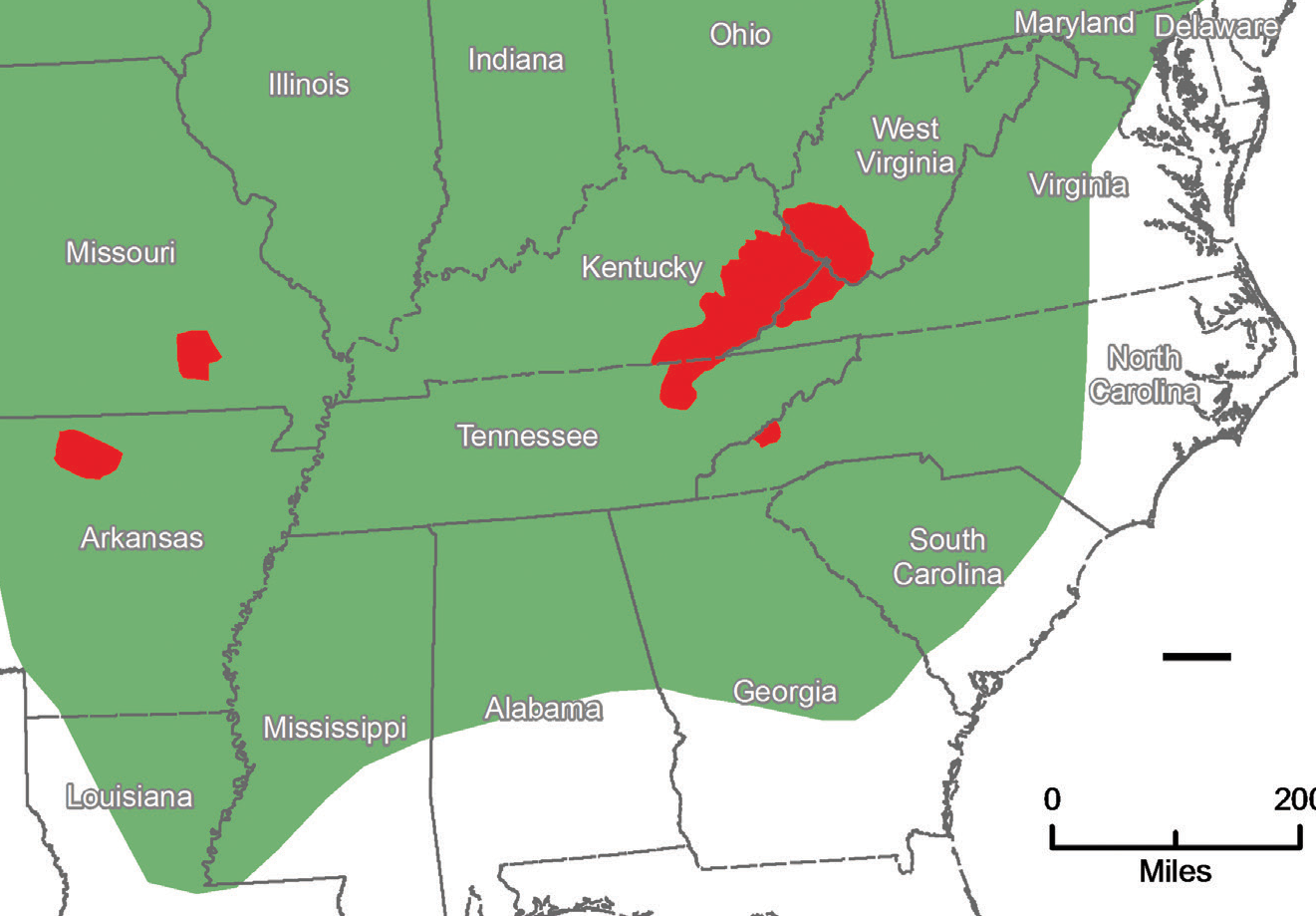
Fish and Wildlife Service and the National Park Service, to reintroduce the extirpated tule elk to Tomales Point. State and Federal legislation in the early 1970s, authorized the California Department of Fish and Game, in cooperation with U.S. They were the dominant grazers on these lands until their local extirpation in the 1850s. Tule elk once inhabited the grasslands of the Point Reyes peninsula and the Olema Valley, as well as other grasslands within Marin County. canadensis nelsoni), also found in California, are a non-native transplant and are found in the northeast corner of California. canadensis roosevelti), our other native California elk, are found on forested slopes in the Pacific Northwest and in several other western states. Tule elk are endemic to California, meaning they are found only here. All of the estimated 5,700 tule elk present in twenty-two herds across California (as of 2020) were derived from this small remnant herd, thanks to his initial efforts. Until this discovery, tule elk were thought to be extinct.

A conservation minded cattle rancher named Henry Miller had the foresight to preserve this last isolated group discovered on his ranch in 1874. By some accounts, fewer than thirty remained in a single herd near Bakersfield in the mid-1870s. Its numbers were severely reduced in the mid-1800s, primarily due to uncontrolled market hunting and displacement by cattle. Creative forest management practices are needed to provide breaks in the canopy while maintaining old growth stands that will allow for vegetation that is essential to elk and many other species.The tule elk ( Cervus canadensis nannodes) is one of two subspecies of elk native to California. Elk habitat is also being reduced by forest management practices that are keeping sunlight from reaching the forest floor and providing the vegetation they eat – such as clearcutting and replanting dense tree plantations. In fact the first name suggested for what is now Olympic National Park was Elk National Park, as it was intended to be a reserve for dwindling elk herds.Ĭurrently habitat loss and fragmentation due to logging and road construction threaten these unique elk. It is estimated that nearly 10 million elk lived in North America prior to 1500 and were reduced to less than 100,000 by 1907. Their natural predators include the gray wolf (which is making a comeback in northeastern Oregon but have been extirpated in western Oregon) and mountain lions, which usually thin herds by taking old and weak elk. Why does it need our help?Įlk play an important part in the life cycle of the forest by clearing understory vegetation which makes way for other plant and animal species. Bull Roosevelt Elk are known to live up to sixteen years in the wild, with some cows living up to twenty-one years old. These elk are seasonally migratory, spending the summer months in the mountains and on snow fields and moving to lower elevations in the winter to avoid winter storms and find food. This provides cover from the weather and predators. Typically they enjoy open lands where they can walk freely and graze on grasses, however they often prefer a mix of old growth stands and edge environments. In 1928 they were introduced to the Afognak and Raspberry islands off the coast of Alaska and are thriving there. The largest unmanaged herd of Roosevelt Elk is in Olympic National Park in Washington State and consists of nearly 5,000 elk. The Roosevelt Elk lives primarily on the western slopes of the Coastal and Cascade Ranges from northern California up to southern British Columbia. Female elk typically give birth to one calf at a time, and calves are able to stand and feed within an hour of being born. The Roosevelt Elk is also much darker than other elk species, often with a dark brown or even black neck and a tan body. These elk also have the largest antlers of all elk species, reaching lengths of up to four feet with a distinctive three-point tip, or crown and the end. Males grow their antlers between April and August every year. Males (bulls) average 875 pounds, but bulls weighing nearly 1300 pounds have been found in Alaska.

The Roosevelt Elk, named for Theodore Roosevelt, is the largest of the four remaining North American elk subspecies.


 0 kommentar(er)
0 kommentar(er)
